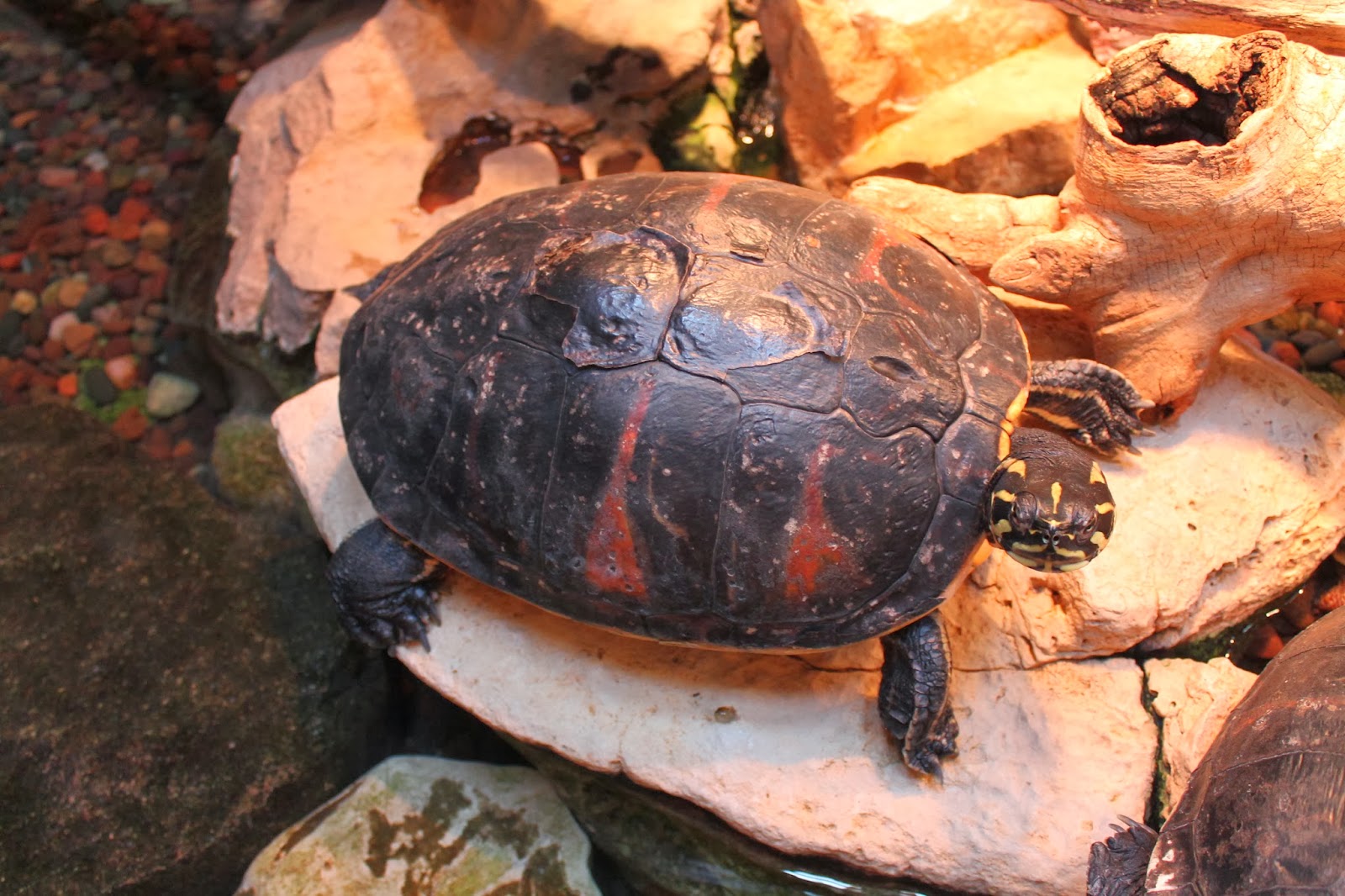As a young child, my grandparents acknowledged my love for animals and the outdoors. They knew there were few things I loved more than going to one of the nature centers near their home. Plus, it was good for them because it was totally free. We used to go to River Trail Nature Center in Northbrook and look at all the animals in the big cages outside. Indoors, there was a working beehive with an observation window, where we were encouraged to find the queen. My favorite part, though, were all the reptiles, amphibians, and fish on display. They had a blue racer that seemed to live forever, although when you're five or six, time doesn't move as fast as it seems to as an adult.
There was also the Grove in Glenview. The Grove is a historic site that began as the homestead for John A. Kennicott, a prominent physician and horticulturist from New Orleans. In 1836, he moved with his family to what is now Glenview. He built a large home and studied, among other things, plants. His son, Robert, grew up loving nature. Surrounded by endless rural landscapes, his entire world consisted of woods, prairies, and ponds. Not far to the west, the Des Plaines River flowed southward. His fascination with living things, in particular, reptiles, amphibians, and fish, led him to eventually help found the Chicago Academy of Sciences in 1857 at the age of about 22. Between 1859 and 1862, he spent his time exploring Northwestern Canada, collecting specimens in order to bring back and catalogue. Upon his return, he joined the Megatherium Club, a group of fellow naturalists based in Washington D.C. that also included, among others, Spencer Fullerton Baird, William Stimpson, and Edward Drinker Cope (who all have reptiles or amphibians named after them). The club members worked hard during the day, looking over notes and classifying species. At night, they turned to "revelry", and let go of all professional inhibition. They drank, partied, and held sack races in the Great Hall of the Smithsonian Institution, that is, until they were expelled from the premises for flirting with the daughter of the Smithsonian's secretary.
Kennicott, Henry Ulke, William Stimpson, and Henry Bryant.

In May of 1866, Robert Kennicott died at age 31 from what is believed to have been congestive heart failure, following an expedition to Canada and Alaska, an expedition that helped persuade the United States to purchase Alaska. In his short time, Robert Kennicott published a huge volume of information, explored places no other explorer had seen before, and left a legacy that continues to this day. In addition to the Grove, which has become a National Historic Landmark, the Chicago Academy of Sciences flourished, and today, the Peggy Notebaert Nature Museum exists as the top interactive nature museum geared towards kids and not as much for research (the Field Museum of Natural History still steals much of the limelight). I often pause and think about how amazing it is that he managed to do everything he did into a mere 31 years - less time than I've been alive. Granted, there was much more to discover back then. One of my favorite and certainly my most coveted local species of snake, the Kirtland's snake (
Clonophis kirtlandii), was discovered and described by Kennicott. This species continues to elude me to this day.
The Peggy Notebaert Nature Museum
Over the past few years, I've been particularly fascinated by the life and times of Robert Kennicott. Had my grandparents not taken me to the Grove as a child, I'm not so sure I'd have as strong a connection to the site. In 2011, I was married there, steps from the home his father John built in 1856. And having been involved with programs run by the Peggy Notebaert Nature Museum, it's clear that the connection between myself and the legacy of Robert Kennicott has strengthened. Of course, much more gratitude is owed to my grandparents, who deserve a blog post of greater length and recognition. That will come. For now, I'll leave you with some photos from my morning trip to the Grove, including some from the interpretive center, one of my favorite places on Earth.




The Grove's interpretive center contains a good assortment of reptiles, amphibians, and fish. Most are local species, but some, such as the sheltopusik and the massive alligator snapping turtle, are not. I especially like viewing their open turtle pool.
Red-eared slider (Trachemys scripta elegans)
Common map turtle (Graptemys geographica)
A ginormous female redbelly turtle (Pseudemys rubriventris)

























